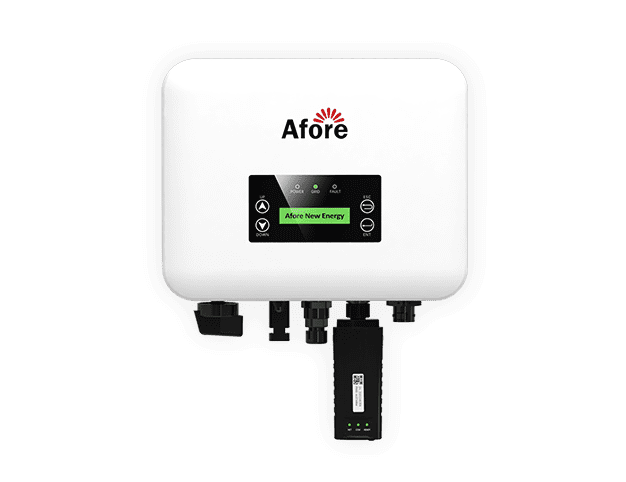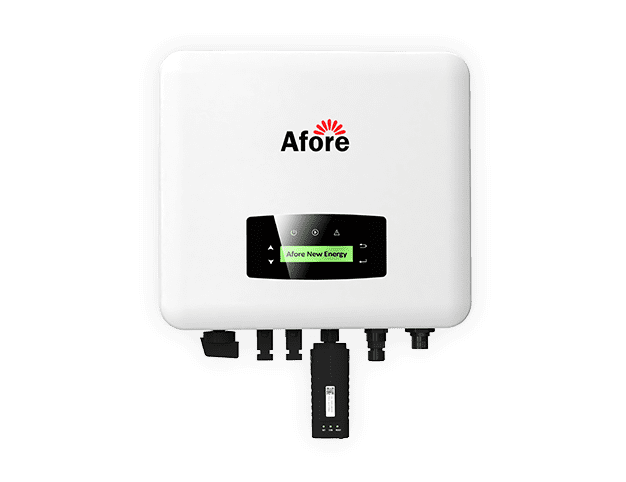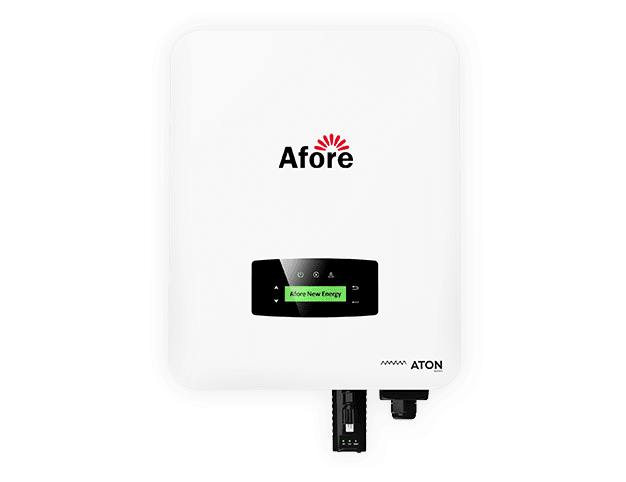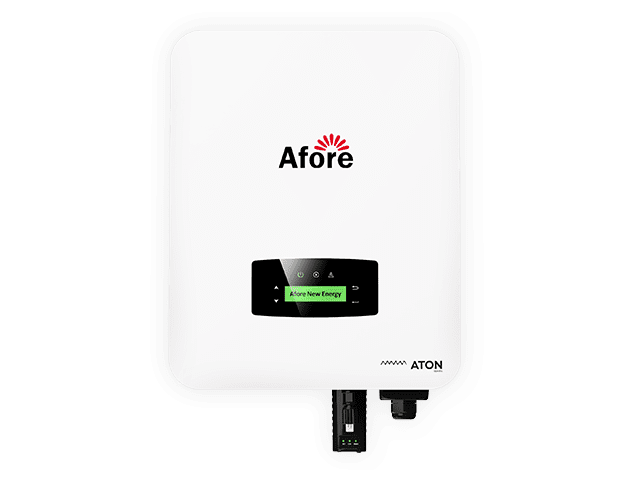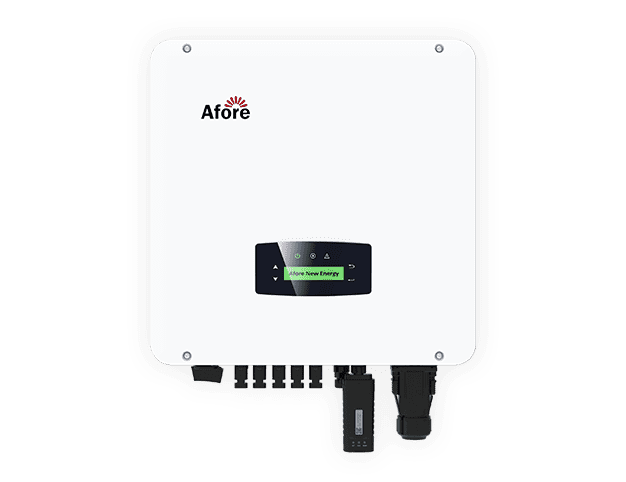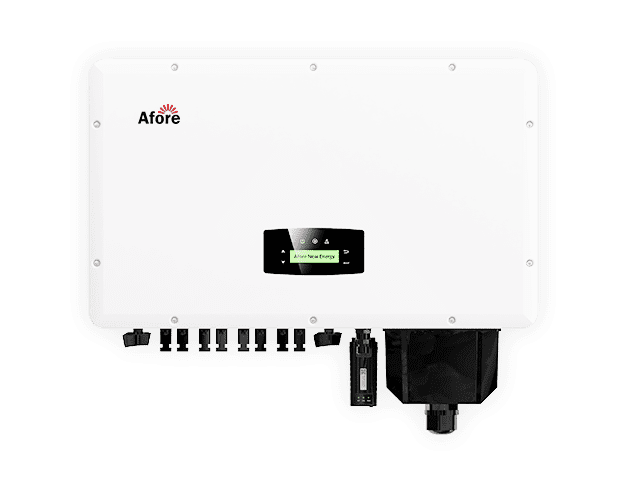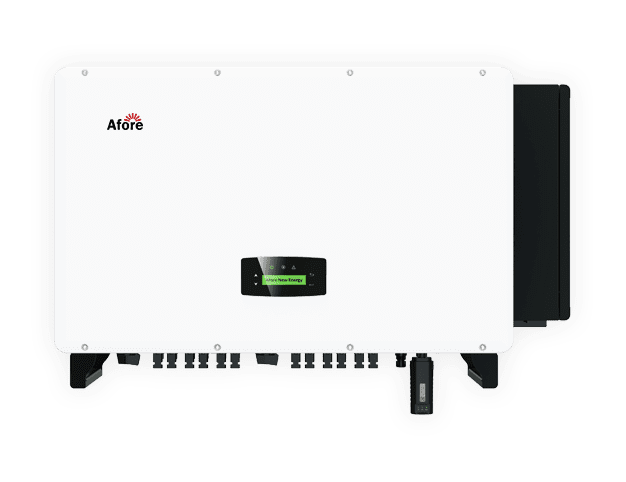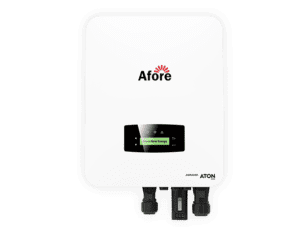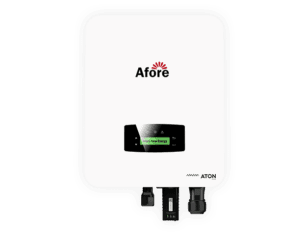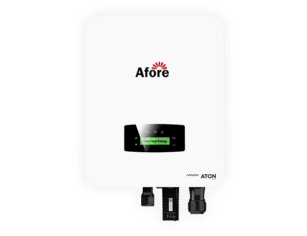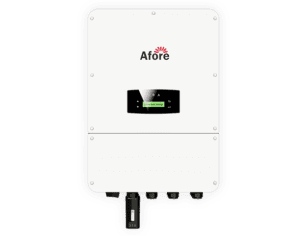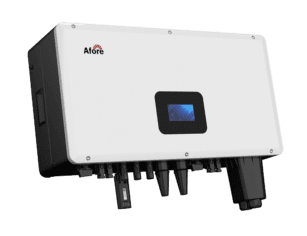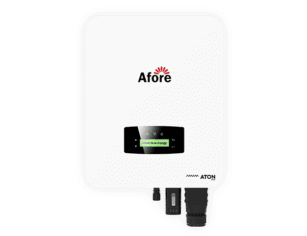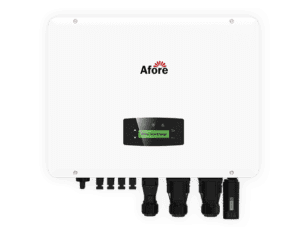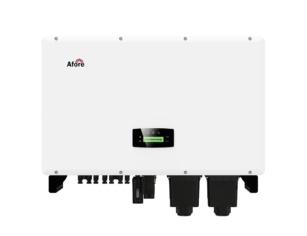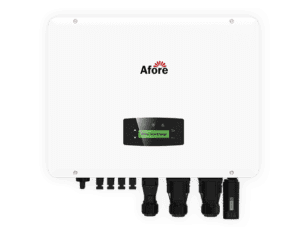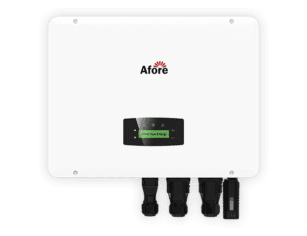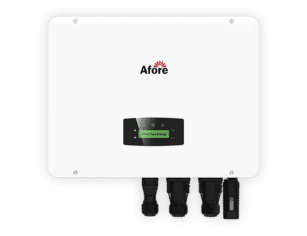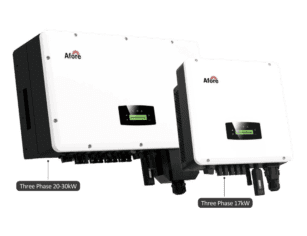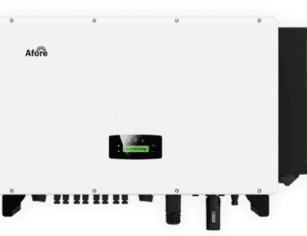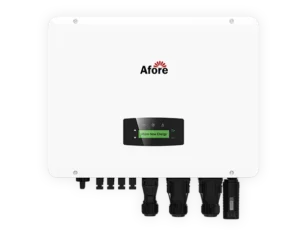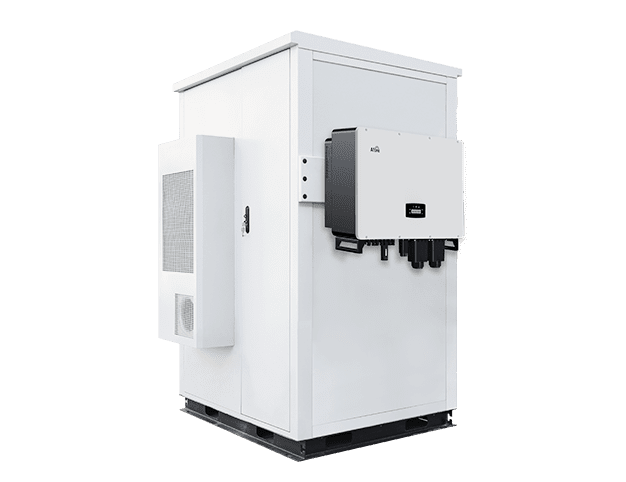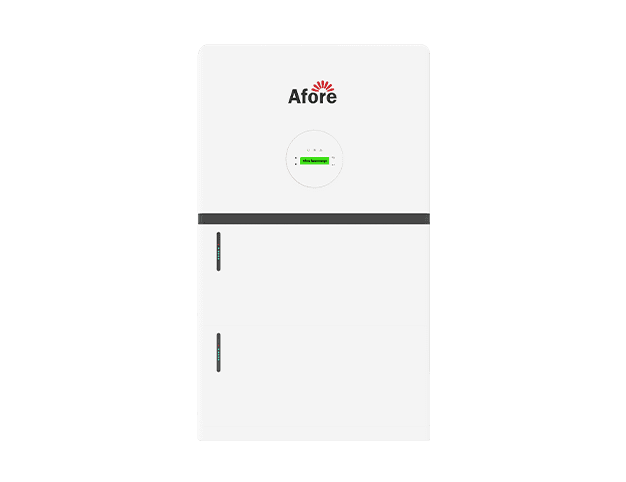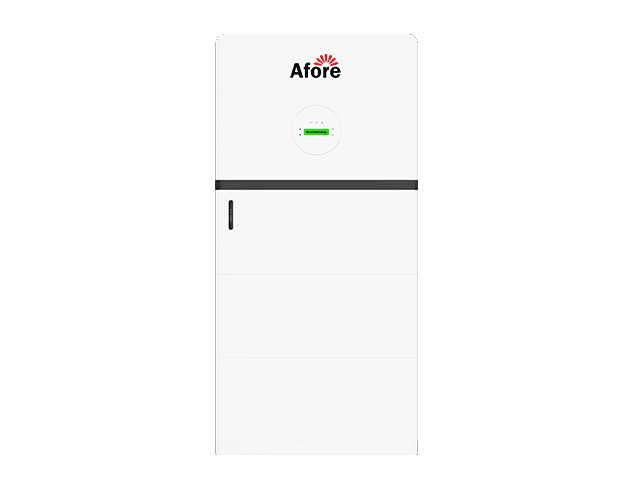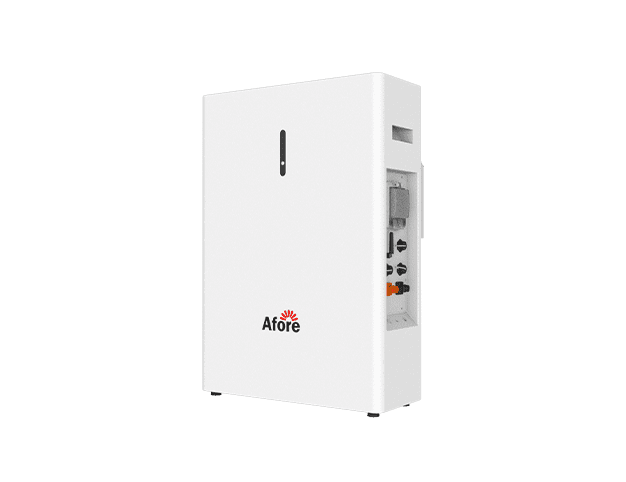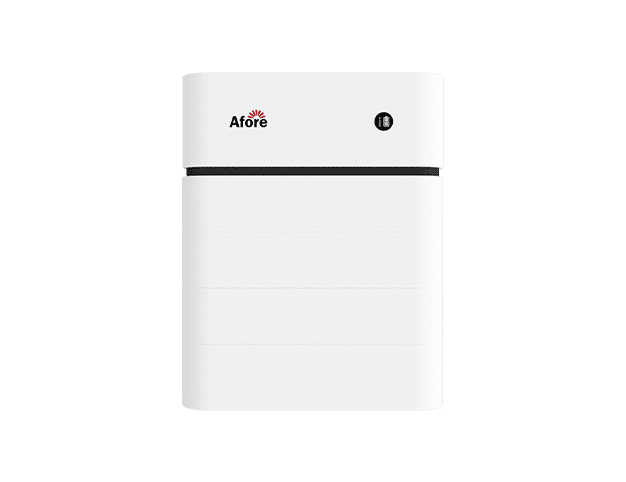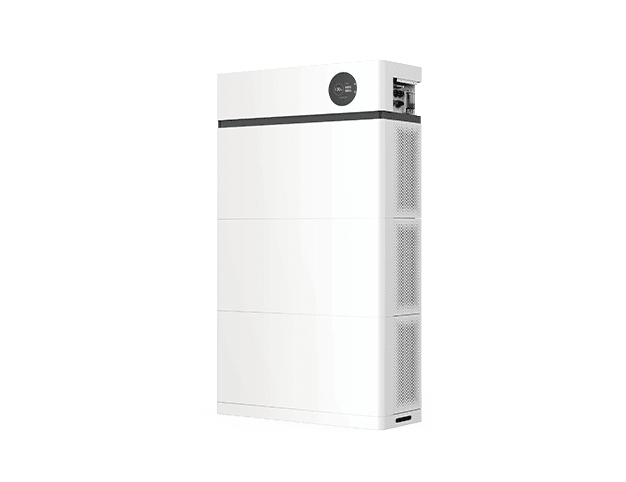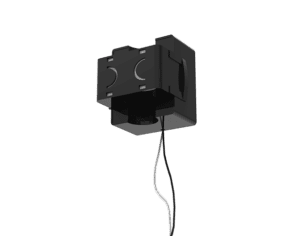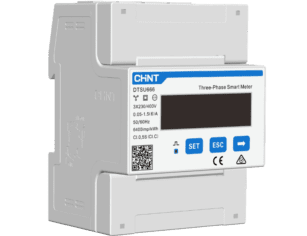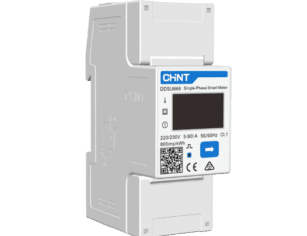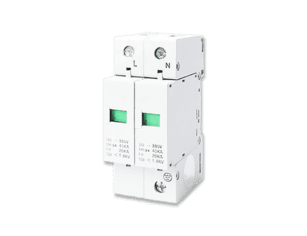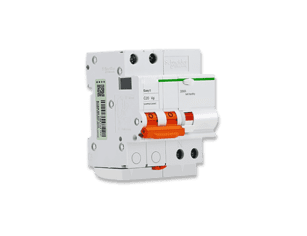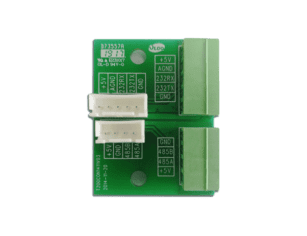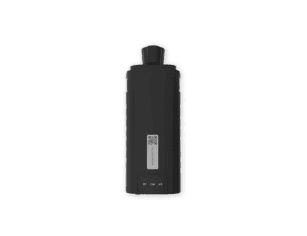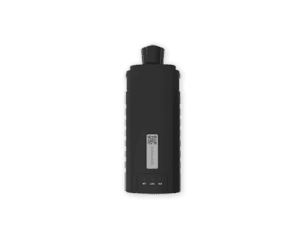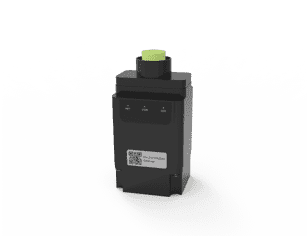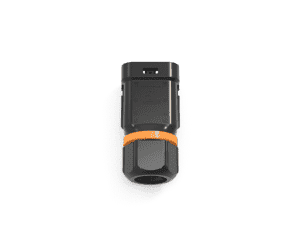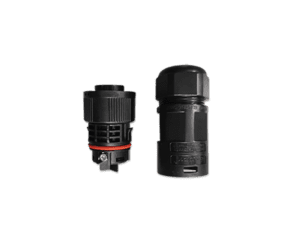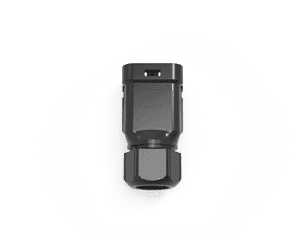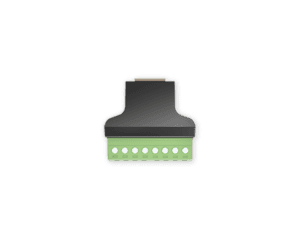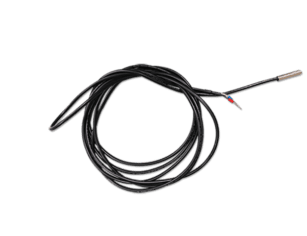Solar Inverter: Powering a Cleaner and Greener Future
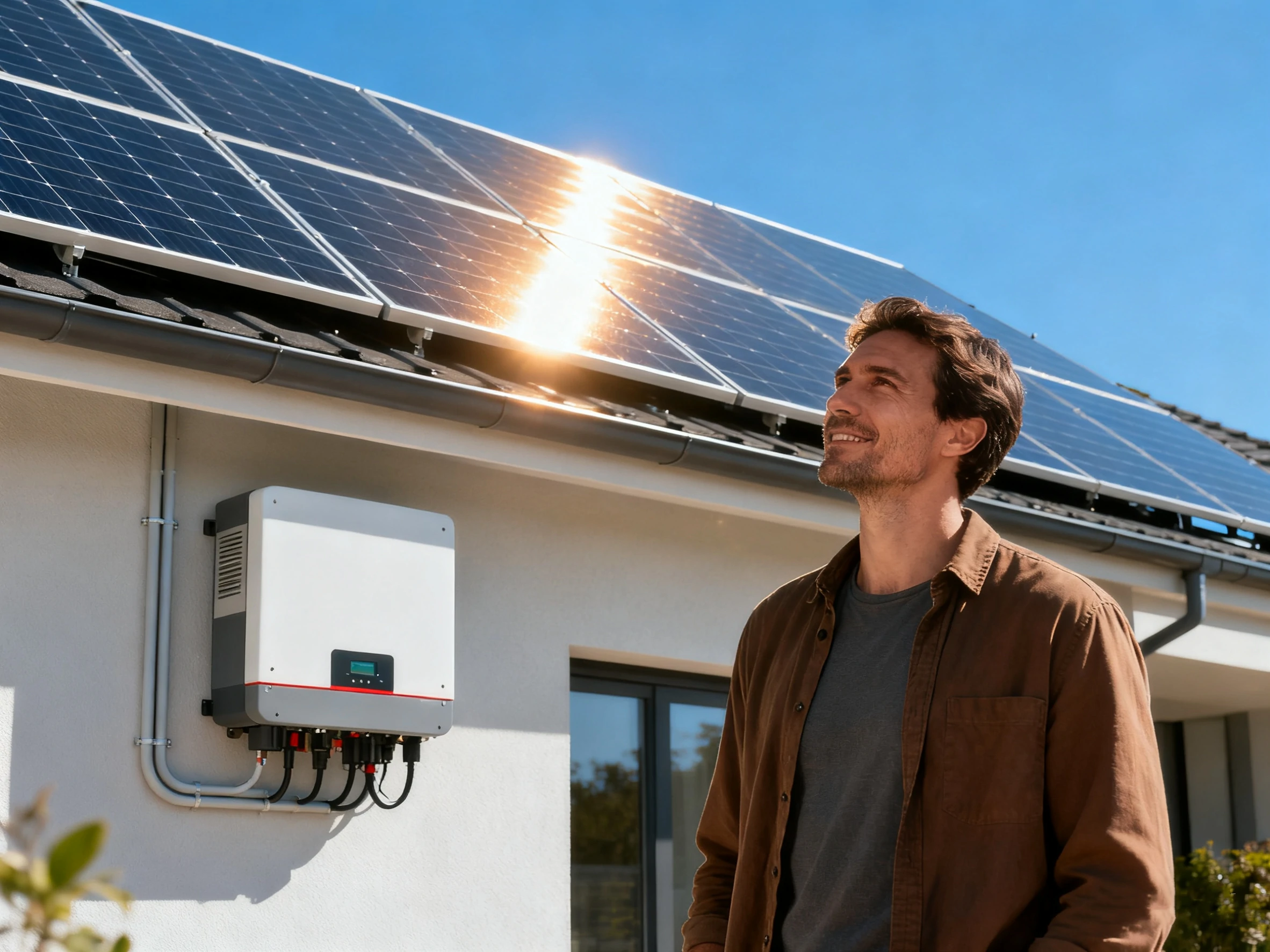
Table of Contents
Solar energy has emerged as one of the most promising solutions for a cleaner and more sustainable future. At the heart of every solar power system lies a solar inverter, a device that converts the electricity generated by solar panels into usable power for homes, businesses, and the grid. While many people focus on the panels themselves, the inverter plays an equally critical role in maximizing energy efficiency and minimizing environmental impact. Understanding how solar inverters work, their benefits, and the challenges they present is key to evaluating the overall sustainability of solar power systems. In this article, we’ll explore the environmental footprint of solar inverters, their lifecycle, and how responsible use and disposal can make solar energy truly eco-friendly.
Introduction to Solar Inverters
What is a Solar Inverter?
A solar inverter is a vital component in any solar power system. Its primary role is to convert the direct current (DC) electricity generated by solar panels into alternating current (AC) electricity, which is suitable for home or commercial use. Essentially, without a solar inverter, the energy captured from sunlight cannot power your appliances or feed into the grid efficiently. In recent years, the importance of solar inverters has grown as renewable energy adoption accelerates worldwide.
Types of Solar Inverters
Solar inverters come in several types, each tailored to specific needs and scales of solar energy systems. The most common types include:
- String Inverters: Ideal for residential systems, these connect multiple panels in series and convert the accumulated DC power to AC.
- Central Inverters: Typically used in large solar farms, central inverters manage large-scale electricity conversion and are highly efficient for utility-scale applications.
- Microinverters: Installed on individual panels, microinverters optimize energy conversion at the panel level, improving overall system performance.
Role of Inverters in Solar Energy Systems
The solar inverter is more than just a converter; it is a system optimizer. By tracking the maximum power point and adjusting for shading or panel orientation, inverters ensure that every watt of solar energy is used efficiently. In essence, the solar inverter bridges the gap between solar technology and practical energy usage, making it indispensable for modern renewable energy systems.
Environmental Benefits of Solar Inverters
Solar inverters are more than just technical devices in a solar energy system—they are central to unlocking the environmental advantages of solar power. By efficiently converting the direct current (DC) from solar panels into alternating current (AC) suitable for everyday use, solar inverters directly contribute to reducing reliance on fossil fuels and lowering greenhouse gas emissions.
Reduction in Greenhouse Gas Emissions
One of the most significant environmental benefits of solar inverters is their role in cutting carbon emissions. When paired with solar panels, inverters enable homes and businesses to replace electricity from coal, natural gas, or oil with clean solar energy. Studies have shown that systems equipped with high-efficiency inverters can offset hundreds of kilograms of CO2 per year per household, making a measurable contribution to climate change mitigation.
Improving Efficiency and Energy Output
Efficiency is not just a technical specification—it has real environmental implications. Modern solar inverters optimize the energy output of each panel, adjusting for shading, panel orientation, and weather conditions. This optimization reduces energy waste and ensures that fewer panels are needed to meet the same energy demand. Fewer panels mean less raw material consumption, reduced manufacturing emissions, and a smaller overall environmental footprint for the solar system.
Supporting the Renewable Energy Transition
Solar inverters also play a pivotal role in facilitating the broader transition to renewable energy. By ensuring consistent, high-quality power output, inverters make solar energy a reliable alternative for households, commercial operations, and utility-scale projects. This reliability encourages wider adoption of solar systems, gradually reducing dependency on fossil fuel-based electricity and helping communities move toward sustainable energy futures.
Additional Environmental Advantages
Beyond reducing emissions and boosting efficiency, solar inverters contribute to environmental sustainability in other ways:
- Reduced Resource Use: Optimized inverters can lower the number of panels needed, decreasing the demand for raw materials such as silicon, metals, and glass.
- Longer System Lifespan: By managing power flow effectively, inverters help extend the life of solar panels and associated components, reducing the frequency of replacements and associated waste.
- Integration with Energy Storage: Some advanced inverters can work seamlessly with batteries, enabling better energy storage and reducing reliance on the grid during peak times, which lowers fossil fuel consumption.
In short, the environmental benefits of solar inverters go far beyond electricity conversion. They enhance efficiency, reduce emissions, and support a cleaner, more sustainable energy landscape—making them an essential component in any eco-conscious solar installation.
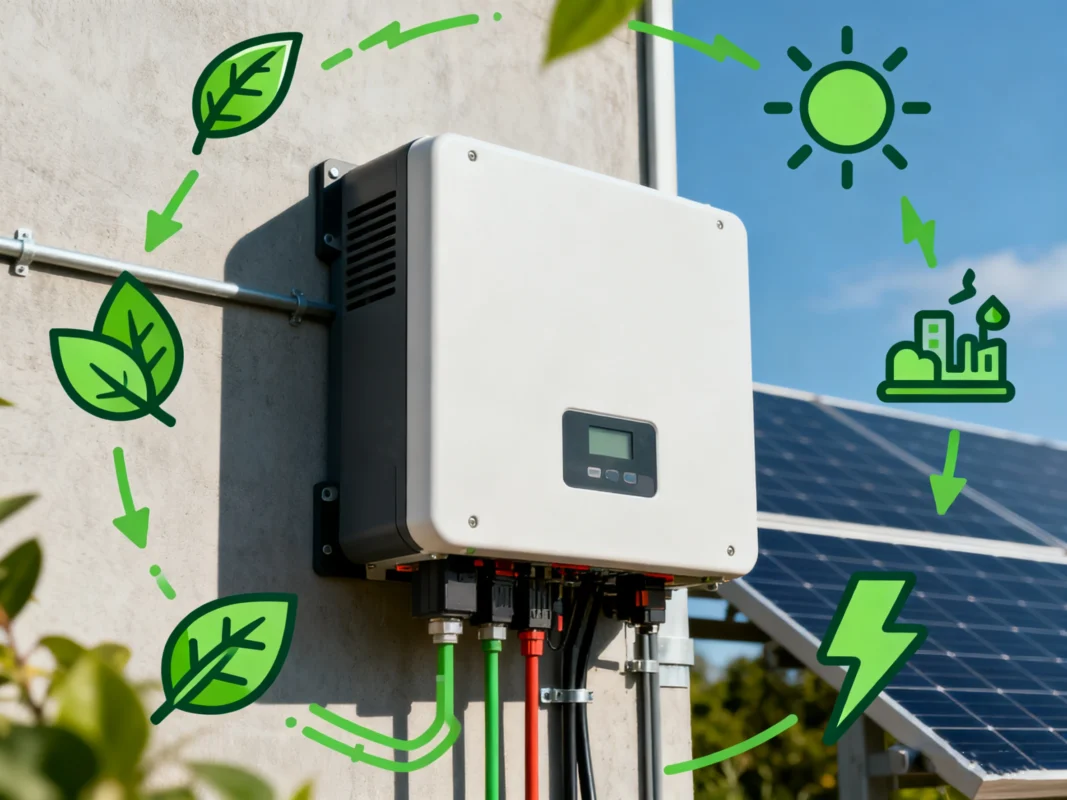
Environmental Challenges of Solar Inverters
While solar inverters are instrumental in promoting clean energy, they are not without environmental considerations. Understanding the challenges associated with their production, operation, and end-of-life management is essential for evaluating the overall sustainability of solar power systems.
Manufacturing Carbon Footprint
Producing solar inverters requires significant energy and materials, which contributes to their carbon footprint. Components such as semiconductors, copper wiring, aluminum casings, and circuit boards are energy-intensive to manufacture. While the operational phase of a solar inverter produces minimal emissions, the manufacturing process itself does result in greenhouse gas output. Accounting for this footprint is important when assessing the true environmental cost of a solar energy system.
Energy and Material Consumption During Production
The production of solar inverters relies on finite natural resources, including metals and minerals used in electronic components. Extracting and processing these materials consumes energy and water, and may generate waste. For instance, high-purity copper and silicon are essential for efficient energy conversion but require intensive industrial processes to produce. Reducing resource consumption and incorporating recycled materials can help mitigate the environmental impact at this stage.
Potential Waste and Disposal Issues
At the end of their operational life, solar inverters become electronic waste if not properly recycled. They contain components such as capacitors, circuit boards, and semiconductors, which can release harmful substances if disposed of in landfills. Improper disposal can contribute to soil and water contamination, making responsible end-of-life management critical. Recycling programs and regulatory frameworks play a key role in minimizing these environmental risks.
Balancing Benefits and Challenges
It is important to note that, although solar inverters have associated environmental challenges, their benefits typically outweigh the costs over the system’s lifespan. Efficient inverters maximize clean energy output, reduce reliance on fossil fuels, and help mitigate climate change. The key lies in adopting responsible production, maintenance, and recycling practices to minimize their negative environmental effects.
In summary, while solar inverters are crucial for the sustainability of solar power systems, their environmental footprint extends beyond operation. Awareness of manufacturing impacts, resource use, and disposal issues ensures that the full life cycle of a solar inverter contributes to a truly eco-friendly energy solution.
Solar Power Systems and Their Overall Environmental Impact
Life-Cycle Analysis of Solar Panels and Inverters
When assessing the environmental impact of solar power systems, it is essential to consider the full life cycle—from raw material extraction to production, operation, and disposal. Life-cycle analyses show that, despite the initial energy and material inputs, solar systems powered by efficient inverters produce far more clean energy over their lifespan than the energy consumed in their manufacture.
Comparison with Traditional Energy Sources
Compared to fossil fuel-based electricity, solar power systems have significantly lower carbon emissions, water use, and air pollution. While the manufacturing phase has some impact, over 20–25 years of operation, the environmental benefits far outweigh the costs. Solar inverters are critical to maximizing these benefits by ensuring that systems operate at peak efficiency.
Key Environmental Metrics: Carbon, Water, and Land Use
Efficient solar inverters help minimize the overall environmental footprint by reducing the number of panels required, which in turn lowers land use and water consumption associated with production. Metrics such as carbon payback time, energy return on investment (EROI), and water footprint highlight the relative sustainability of solar systems when managed responsibly.
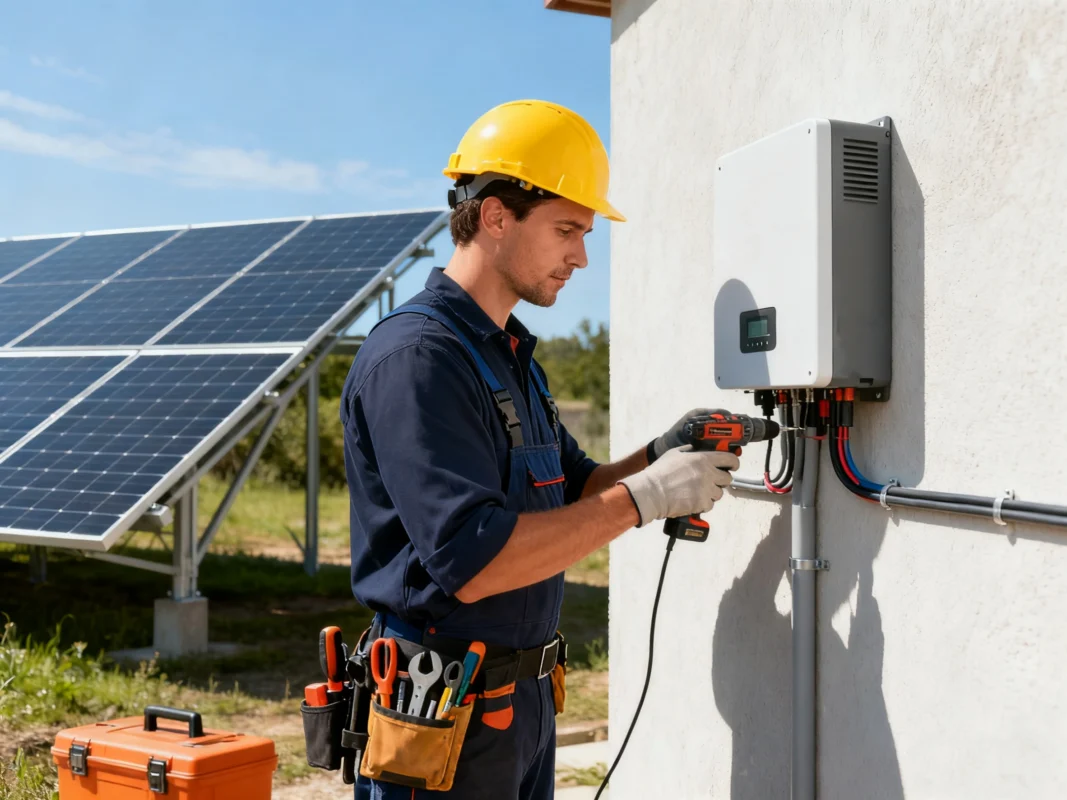
End-of-Life Management of Solar Panels and Inverters
Solar power systems offer decades of clean energy, but like all technology, they eventually reach the end of their operational life. Effective end-of-life management for solar panels and inverters is essential to maintain the environmental benefits of solar energy and prevent potential hazards.
Typical Lifespan of Solar Panels and Inverters
Solar panels are designed to last 25–30 years, gradually losing efficiency over time. Solar inverters, however, have a shorter operational life, typically ranging from 10 to 15 years depending on technology, usage, and environmental conditions. Understanding these lifespans is crucial for planning system maintenance, replacement schedules, and sustainable disposal strategies. Proper planning ensures minimal disruption to energy production and maximizes the overall environmental benefits of solar installations.
Recycling and Disposal Regulations
End-of-life solar panels and inverters are considered electronic waste and are subject to regulatory frameworks to ensure safe disposal and recycling. In the United States, the Environmental Protection Agency (EPA) provides guidance under the Resource Conservation and Recovery Act (RCRA) for managing hazardous components. These regulations help prevent harmful chemicals and metals from contaminating soil and water. Implementing structured recycling programs allows for the recovery of valuable materials, such as copper, aluminum, and semiconductors, reducing the demand for virgin resources and minimizing environmental impact.
Reducing Toxic Leaching
Improper disposal of solar panels and inverters can lead to the leaching of toxic substances, including lead, cadmium, and other metals, into the environment. Such contamination poses risks to soil, water, and ecosystems. Responsible recycling and disposal mitigate these risks by safely extracting and repurposing hazardous components. Increasingly, manufacturers and regulatory bodies are emphasizing circular economy approaches, where materials are continually reused and waste is minimized.
Best Practices for End-of-Life Management
To ensure solar power remains a sustainable energy solution, several best practices should be adopted:
- Plan for Replacement: Monitor inverter performance and anticipate panel degradation to schedule replacements efficiently.
- Engage Certified Recyclers: Use accredited recycling facilities to handle panels and inverters safely.
- Support Circular Economy Initiatives: Encourage programs that recover metals and electronic components for reuse in new products.
- Educate Consumers: Homeowners and businesses should understand the importance of proper disposal and recycling for environmental protection.
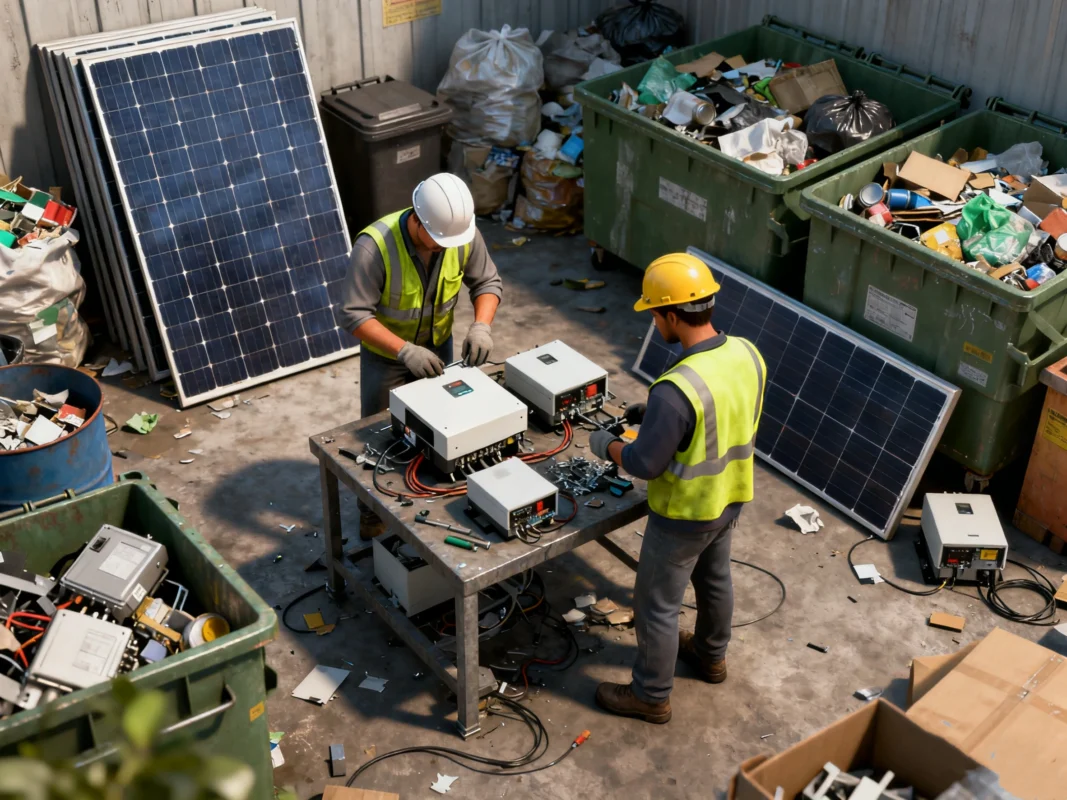
Challenges and Controversies in Solar Energy
Solar energy is widely celebrated for its potential to reduce carbon emissions and combat climate change. However, like any technology, it comes with challenges and controversies that must be acknowledged to provide a balanced understanding of its environmental impact.
Toxic Chemicals in Panels and Risk of Ground Leaching
One of the most debated environmental concerns involves the presence of toxic chemicals in certain solar panels. Metals such as lead, cadmium, and other potentially hazardous substances can pose a risk if panels are broken or improperly disposed of. When left in landfills or subjected to environmental stress, these chemicals may leach into soil and groundwater, threatening ecosystems and public health. Responsible recycling and regulatory oversight are critical to preventing such contamination and ensuring solar energy remains an environmentally friendly solution.
Resource Intensity and Energy Payback Time
The production of solar panels and inverters requires a considerable amount of raw materials and energy. Metals, glass, and semiconductors must be mined, processed, and manufactured, consuming energy and water resources. Despite this initial input, most studies indicate that the energy payback time—the period in which a solar system generates the same amount of energy consumed in its production—is relatively short, typically between one and four years. After this period, the system produces net positive clean energy, highlighting the long-term environmental benefits of solar installations.
Biggest Problems Facing Solar Energy Deployment
Beyond chemical risks and resource consumption, solar energy faces broader systemic challenges:
- End-of-Life Waste: Proper disposal and recycling of panels and inverters are essential to prevent environmental contamination and recover valuable materials.
- Intermittency of Solar Power: Solar energy generation depends on sunlight availability, requiring smart inverters, energy storage, and grid integration to ensure consistent power supply.
- Land Use Considerations: Large-scale solar farms require significant land, which may impact ecosystems if not carefully planned.
Addressing these challenges requires a multi-faceted approach, including technological innovation, regulatory enforcement, and consumer education. By mitigating risks such as chemical leaching, resource overuse, and energy intermittency, solar energy systems—including their inverters—can continue to provide sustainable, low-carbon power.
Moving Toward a Balanced Perspective
While solar energy is not entirely free of environmental concerns, the benefits overwhelmingly outweigh the drawbacks when systems are designed, maintained, and recycled responsibly. Solar inverters, by optimizing energy production and supporting efficient system operation, play a key role in minimizing the negative impacts associated with solar energy deployment. By understanding and addressing these controversies, homeowners, businesses, and policymakers can make informed choices that maximize environmental and economic benefits.
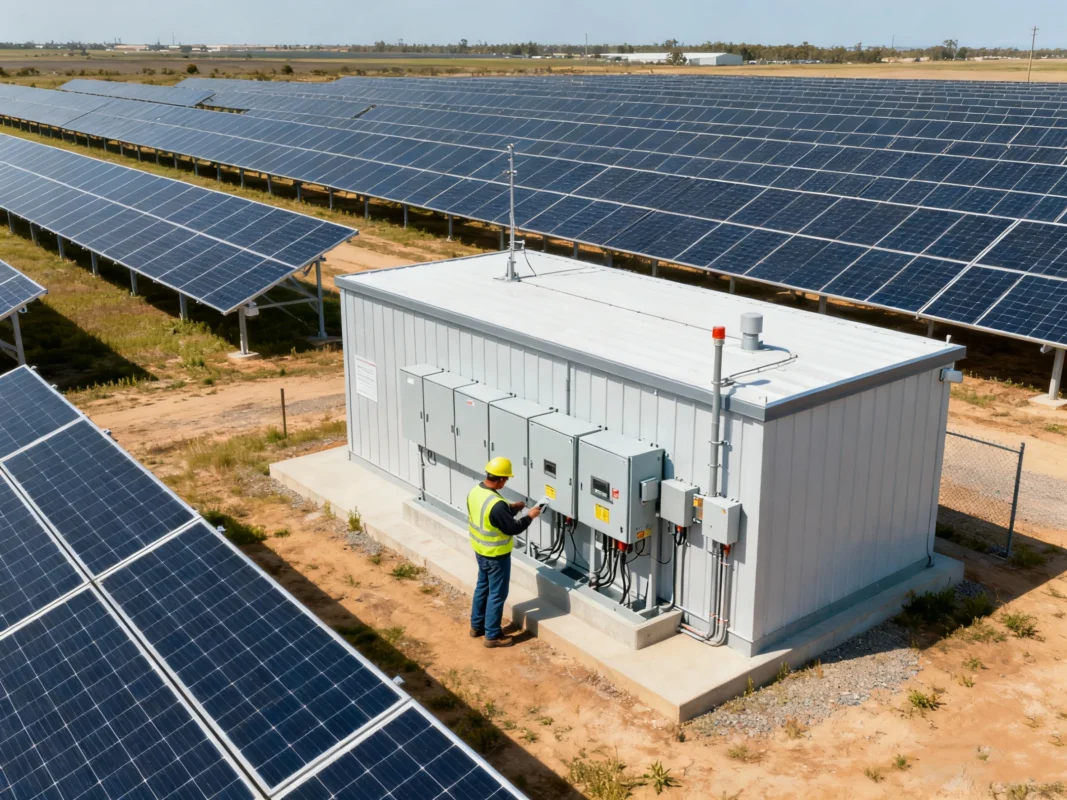
Innovations and Future Trends in Solar Inverters
Eco-Friendly Materials and Manufacturing
Recent innovations focus on using recycled metals, reducing rare earth material use, and improving energy efficiency in inverter manufacturing. These changes decrease the carbon footprint and overall environmental impact of solar inverters.
Smart Inverters for Grid Optimization
Smart solar inverters can communicate with the grid, manage energy storage, and optimize performance in real-time. This technology enhances grid stability, reduces waste, and allows for more effective integration of renewable energy sources.
Recycling Programs and Circular Economy Initiatives
Recycling programs for solar inverters and panels are emerging worldwide, emphasizing a circular economy approach. By recovering metals and electronic components, these initiatives reduce waste and the need for virgin materials, further improving sustainability.
Conclusion
Solar inverters are essential for maximizing the environmental benefits of solar energy while minimizing challenges. Understanding both operational and manufacturing impacts allows for responsible decision-making.
By optimizing energy output, extending system lifespan, and supporting renewable integration, solar inverters are critical to the future of sustainable energy.
Promoting eco-friendly manufacturing, smart inverter technology, and effective recycling ensures that solar power remains a cornerstone of environmentally responsible energy strategies.
If you’re looking to purchase high-quality solar inverters, you can visit Afore, one of the world’s leading solar inverter manufacturers.
Frequently Asked Questions
-
Are inverters environmentally friendly?
Yes, solar inverters are environmentally friendly during operation because they enable solar energy systems to replace electricity from fossil fuels, significantly reducing greenhouse gas emissions. However, their manufacturing does produce a modest carbon footprint, which is why responsible production and recycling are important.
-
What are the environmental impacts of solar power systems?
Solar power systems reduce carbon emissions, minimize air and water pollution, and lessen dependence on fossil fuels. Their production and disposal, however, require energy and materials that can generate emissions and create electronic waste if not properly managed. Efficient solar inverters help maximize the positive impacts by optimizing energy output.
-
Is solar power actually environmentally friendly?
Yes, solar power is considered environmentally friendly overall. While the production of panels and inverters has some environmental costs, the long-term benefits—such as reducing greenhouse gases, decreasing pollution, and saving natural resources—far outweigh these initial impacts.
-
Do solar panels leach chemicals into the ground?
Certain solar panels contain metals like lead, cadmium, and other potentially toxic substances. If panels are broken or disposed of improperly, these chemicals can leach into the soil and groundwater. Proper recycling and adherence to disposal regulations prevent these risks.
-
What is the biggest problem with solar energy?
The most significant challenges include end-of-life management, resource intensity during production, and the intermittency of solar energy. Solar inverters mitigate some of these issues by improving system efficiency, enabling grid integration, and extending the lifespan of panels.
-
What happens to solar panels after 25 years?
After 25 years, solar panels typically degrade in efficiency and produce less energy than when new. At this stage, panels should be evaluated for replacement or recycling. Proper end-of-life management ensures that hazardous materials do not harm the environment.
-
How long do solar inverters last?
Most solar inverters have a lifespan of 10 to 15 years. Regular maintenance and monitoring can extend their performance, but eventual replacement is necessary to maintain system efficiency.
-
Can inverters be recycled?
Yes, solar inverters can be recycled. Components such as metals, semiconductors, and circuit boards can be recovered and reused, reducing the environmental impact and the need for new raw materials.
-
How does inverter efficiency affect the environment?
Higher-efficiency solar inverters reduce energy losses, optimize electricity generation, and decrease the number of panels required. This minimizes resource consumption, reduces waste, and lowers the overall carbon footprint of a solar energy system.
-
Are microinverters better for sustainability than central inverters?
Microinverters optimize energy conversion at the panel level, improving overall system performance and longevity. This efficiency can slightly reduce the environmental impact compared to central inverters by lowering material use and extending system life.
-
What is the environmental impact of replacing inverters?
Replacing old inverters with more efficient models improves system performance and reduces energy loss. While the manufacturing of a new inverter has some environmental impact, the net benefit of increased energy efficiency often outweighs the costs.
-
How do smart inverters contribute to sustainability?
Smart inverters can communicate with the grid, manage energy storage, and optimize solar output in real-time. This reduces waste, improves grid stability, and enhances the overall environmental benefits of solar power systems.




